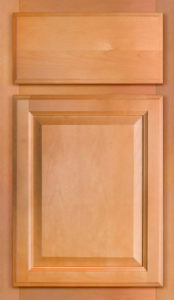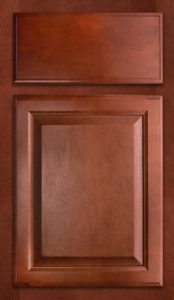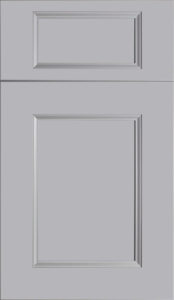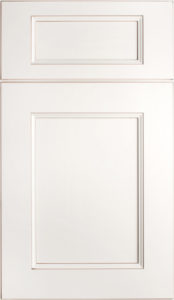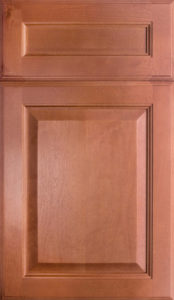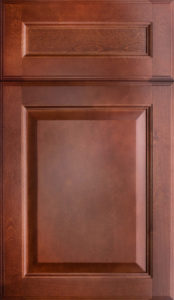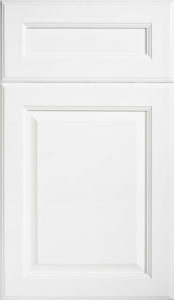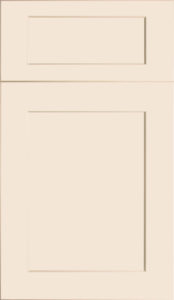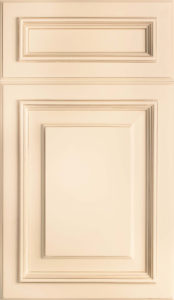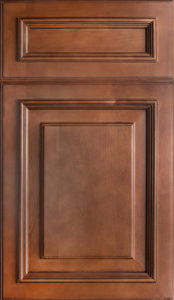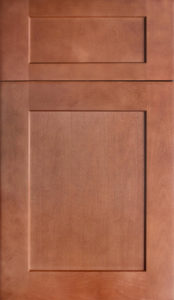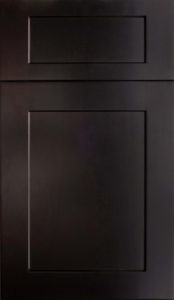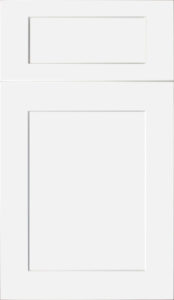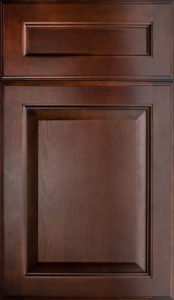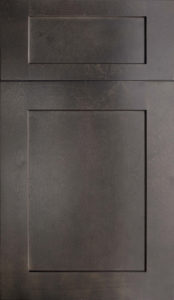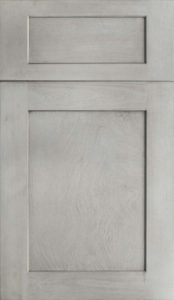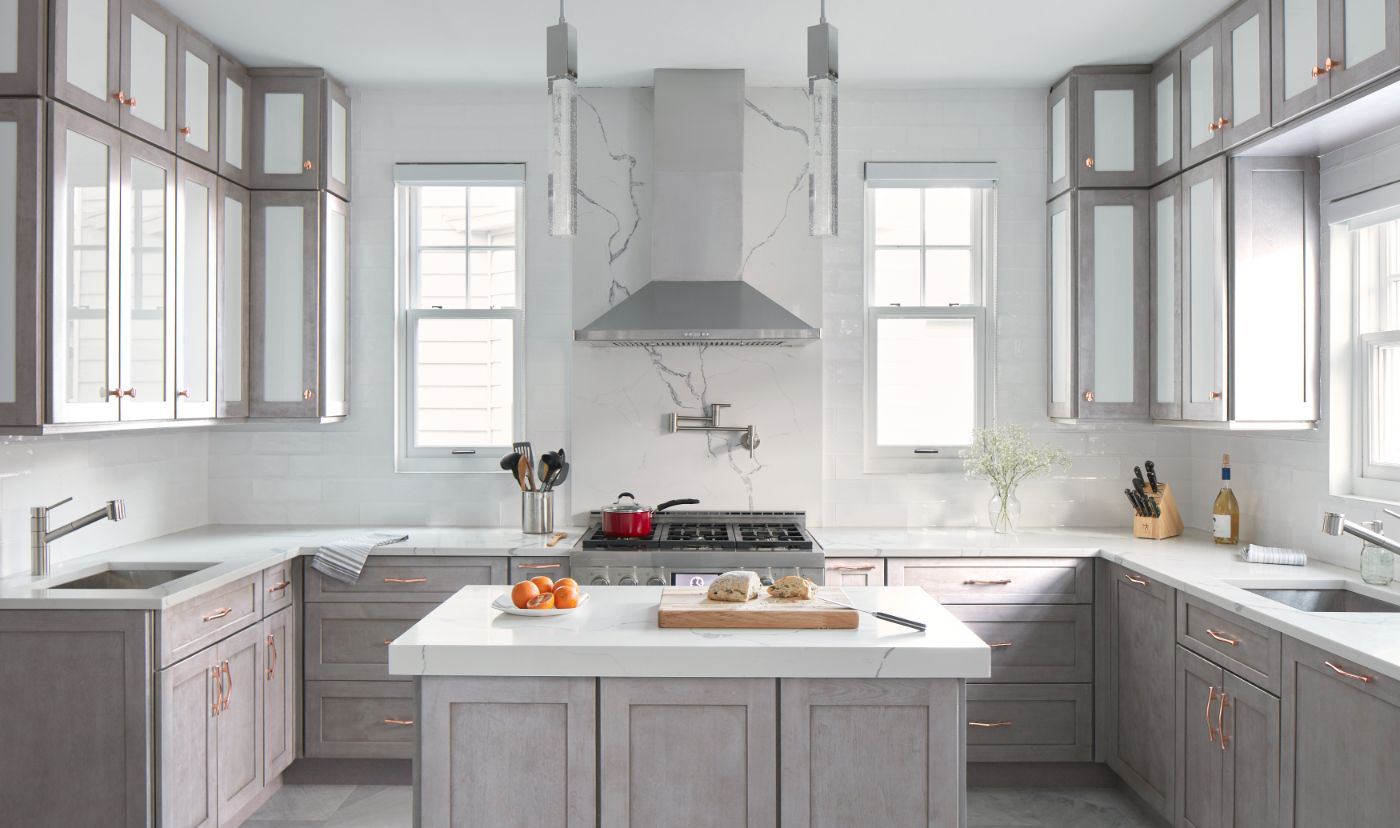
What You Need to Know About Kitchen Cabinets?
One of the most crucial projects you’ll embark on for your house is buying kitchen cabinets. It might also turn into a difficult job that costs a lot of money, but that doesn’t have to be the case.
Once you are familiar with a few fundamentals that help you reduce your selections and locate cabinets that you will love while staying within your budget, purchasing kitchen cabinets can be made easy with In Stock Today Cabinets.
What Are Kitchen Cabinets?
The countertop and sink in the kitchen are held by a linked system of fixed, permanent base, wall, and tall cabinets that also serve as storage for food and utensils.
Before You Buy Kitchen Cabinets
Create a remodeling strategy for the kitchen. Everything follows from that layout, but the kitchen cabinets are very significant.
Start with one of the many well-known kitchen designs, such as an L-shaped layout, galley, one-wall design, or U-shaped design. One of these layouts may be used or modified in most kitchens.
The majority of programs have a basic selection of kitchen cabinet shapes and sizes, allowing your imagination to soar. Free planning software, as well as kitchen design and layout, are both services provided by many kitchen cabinet manufacturers. This is a fantastic advantage of a thorough design.
Kitchen Cabinet Categories
Base cabinets, wall cabinets, and tall cabinets are the three main types of kitchen cabinets.
-
Base CabinetsÂ
Base cabinets are a fundamental and necessary component of kitchen cabinetry. In addition to making up the majority of the cabinets, base cabinets also define the kitchen’s overall footprint.
The countertop, sink, and minor appliances are supported by base cabinets that sit on the ground. With its spacious shelves and provision for add-ons like lazy Susans and pull-outs, they also provide crucial storage space under the countertop.
-
Wall Cabinets
Together with base cabinets, wall cabinets provide convenient storage for dishes and glasses as well as for small, often used food items. In most cases, base cabinets are placed immediately above wall-mounted wall cabinets.
-
Tall Cabinets
Tall cabinets, also known as pantries or tall cabinets, are so named because they rise to the ceiling or almost so.
Tall cabinets, which are often off to the side of the main cabinet structure, are used to store products like bulk food and supplemental cookware that aren’t always required.
Things to Think About When Buying Kitchen Cabinets
-
Base Cabinet Types
- Sink base cabinet: A deep kitchen sink basin may fit within a wide cabinet with a broad aperture.
- Corner base cabinet: L-shaped base cabinet that joins two base cabinet legs that are perpendicular.
- Drawer base cabinet: A big cabinet having two to four huge drawers that may be used to store minor food products and kitchen tools.
- Single-door base cabinet: Narrow base cabinet that fits between other cabinets or appliances and still has enough storage space.
- Double-door base cabinet: Large enclosed cabinet with shelves for keeping both food and big goods like pots and pans.
-
Wall Cabinet Types
- Single-door wall cabinet: Narrow wall cabinet that tucks into areas along the cabinet layout’s side or center.
- Double-door wall cabinet: Above-counter cabinet with enough capacity for plates, glasses, and other everyday utensils.
- Wall refrigerator cabinet: A tall, deep cabinet for the seldom-used space above the refrigerator.
Base Cabinet Sizes
The average base cabinet is 24 inches deep and 34-1/2 inches high.
Typical widths range:
- Base cabinet for the sink: 26 to 60 inches
- Base cabinet with drawers: 12 to 36 inches
- Base cabinet with one door: 12 to 21 inches, with some as narrow as 9 inches
- Base cabinet with two doors: 24 to 42 inches
Wall Cabinet Sizes
Most wall cabinets have a depth of 12 inches. The depth of a refrigerator cabinet is 24 inches.
Sizes and heights that are common:
- Single-door wall cabinets are available in widths ranging from 9 to 26 inches and heights ranging from 30 to 42 inches.
- Double-door wall cabinets are available in widths ranging from 24 to 36 inches and heights ranging from 30 to 42 inches.
- Wall refrigerator cabinets range in width from 30 to 36 inches and height from 12 to 18 inches.
Cabinet Construction
Kitchen cabinets can have frames or do not have frames. There is a frame across the front of framed kitchen cabinets. Even though the frame takes up some cabinet space, it makes the box stronger and gives the hinges a place to connect.
Frameless cabinets look sleek and modern because they don’t have frames. They also have a bit more space because the hinges are attached to the inside of the box.
Engineered wood and furniture-grade plywood are used to make the majority of semi-custom kitchen cabinet boxes (either low- or medium-density particleboard). Stock kitchen cabinets that are less expensive will have a greater amount of engineered wood.
Types of Kitchen Cabinets
-
Stock Kitchen Cabinets
Stock cabinets have already been made. There are certain stock colors, styles, profiles, and doors that can’t be changed.
Stock cabinets are cheap and work well in small to medium-sized kitchens, but they can’t be changed.
Stock cabinets are the type of kitchen cabinet that costs the least. Most of the time, delivery is faster than for semi-custom or custom cabinets. Home centers near you have a lot of stock cabinets that you can take home right away.
-
Semi-Custom Kitchen Cabinets
Like stock cabinets, semi-custom cabinets are mostly already made. But you can change the look of semi-custom cabinets by adding more features, styles, colors, stains, and glazes.
There are many different profiles, doors, and drawer fronts to choose from. There are also some extras that aren’t usually found on stock cabinets, like roll-out shelves, sliding racks, organizers, wine racks, and design touches like molding, trim, feet, and hardware.
-
Custom Kitchen Cabinets
Almost any design or demand may be accommodated with custom kitchen cabinets. While the base units for the cabinets are often conventional, everything beyond that is customized for the homeowner, including the sizes, woods, finishes, and any special features or add-ons.
Custom kitchen cabinets, the priciest kind of cabinet, are provided by the majority of big, well-known cabinet makers. Kitchen cabinets made from scratch using bespoke millwork may also be available from nearby cabinetmakers.
Styles of Kitchen Cabinets
-
Shaker
Shaker-style cabinets include an exterior frame and a central recessed panel that makes them both timeless and adaptable. Shaker-style kitchen cabinets are simple and elegant, and they go well with both classic and contemporary kitchen designs.
-
Slab
To accentuate the smooth horizontal lines, slab kitchen cabinets feature a flat front with minimal embellishments, perhaps even forgoing pulls and knobs.
From low-cost, mass-produced, and ready-to-assemble units to designer cabinets constructed of premium oak veneer or lacquer, the range of slab kitchen cabinets is wide.
-
Contemporary
Slab cabinets may be included in the broad category of contemporary kitchen cabinetry. Modern cabinets emphasize shiny metals like chrome or nickel for their hardware if any. Cabinet colors are colorful and vivacious, with white being a favorite modern hue.
-
Rustic
It’s all about the wood with cabinets in a rustic design. Rustic, country-style kitchen cabinets set the standard for wood grain, which is often unfinished and raw (though always coated for safety). The overall impression is one of authenticity and simplicity.
-
Urban Rustic
Urban rustic kitchen cabinets employ dark hues on base cabinets and brighter colors on wall cabinets to blend the elegance of the city with rich textures.
Urban rustic cabinets often come in matte black because it reveals the wood grain’s character.
-
Traditional
Like contemporary, traditional is an overarching style for kitchen cabinets that includes a lot of different subsets of styles.
Traditional cabinets are made of dark, heavy woods like oak and walnut, and they have a lot of features that make them stand out, like arches, fancy hardware in brass or gold, lots of trim work, raised panels, or beadboard.
How to Choose Kitchen Cabinets? – You Should Ask Yourself
-
Are Kitchen Cabinets Your First Choice for the Kitchen?
Are the cabinets in the center of the kitchen? There are so many styles and options for kitchen cabinets that it’s easy to get carried away.
But in the end, you should choose kitchen cabinets based on the space, style, and needs of your kitchen, not the other way around.
-
How Much Entertaining Will You Be Doing?
The heart of the majority of houses is the kitchen. However, some kitchens are busier than others. If you have parties, you may need additional base cabinets for the kitchen to create a dining bar or an island.
-
Will You Do a Lot of Cooking?
Home cooks who are serious about their cooking will appreciate additional cabinet features like blind corner pull-outs, pot, and pan dividers, spice rack rollers, plate peg dividers, baking pan pull-outs, and others.
-
Are All Styles Consistent?
Kitchen cabinets effectively form the appearance of the kitchen since they take up so much of the wall space in the room. Installing a certain cabinet design, such as slab flat panel modern, in a kitchen that is meant to go a different path, like classic or farmhouse, is challenging, if not impossible.
Keep the cabinets’ design in line with your overall kitchen design strategy. Keep the kitchen’s design consistent with the home’s overall design.



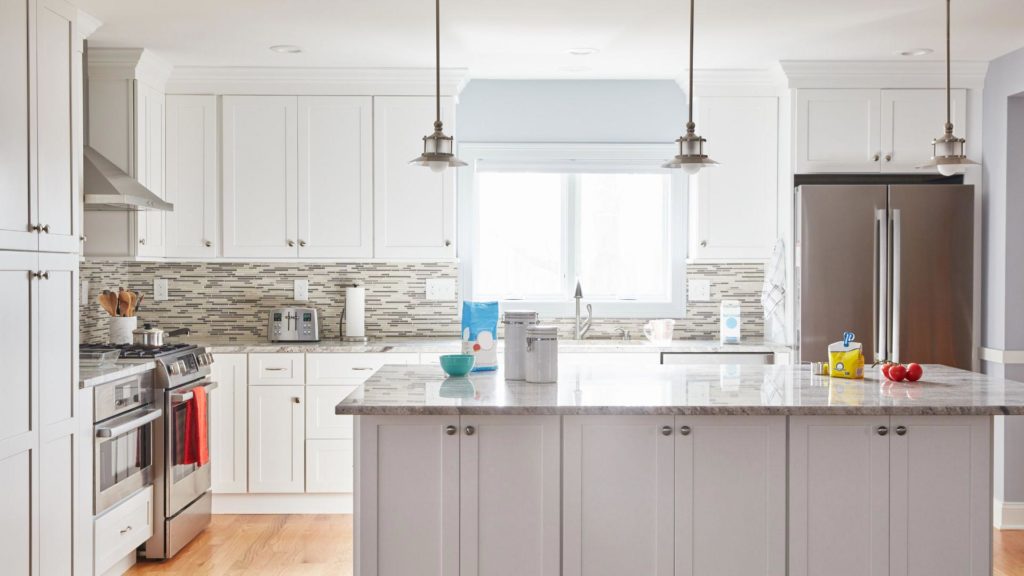
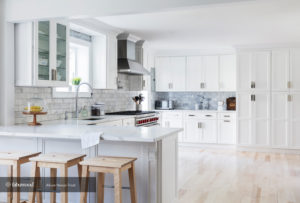
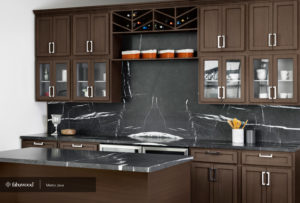
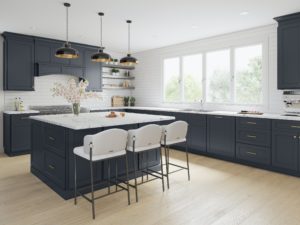 Â
 